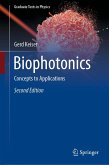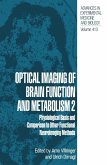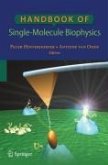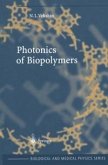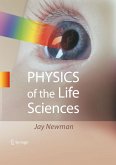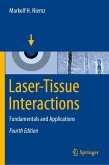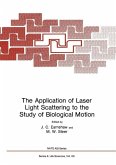This book is designed to introduce senior-level and postgraduate students to the principles and applications of biophotonics. It also will serve well as a working reference to practicing physicians, clinicians, biomedical researchers, and biomedical engineers dealing with photonics-based tools and instruments. The book topics include the fundamentals of optics and photonics, the optical properties of biological tissues, various types of light-tissue interactions, microscopy for visualizing tissue components, spectroscopy for optically analyzing the properties of healthy and diseased tissue, and optical biomedical imaging. The tools and techniques described in the book include laser and LED optical sources, photodetectors, optical fibers, bioluminescent probes for labeling cells, optical-based biosensors, nanophotonics, surface plasmon resonance, and lab-on-a-chip technologies. Among the applications are optical coherence tomography (OCT), flow cytometery, photodynamic therapy (PDT), low-level light therapy (LLLT), tissue characterization, and laser ablation. To assist readers in learning the material and applying it to practical designs, the book will include worked out examples and drill problems throughout. A collection of homework problems is included to help test the reader's comprehension of the material covered, and to extend and elucidate the text.This book introduces senior-level and postgraduate students to the principles and applications of biophotonics. It also serves as a valuable reference resource or as a short-course textbook for practicing physicians, clinicians, biomedical researchers, healthcare professionals, and biomedical engineers and technicians dealing with the design, development, and application of photonics components and instrumentation to biophotonics issues. The topics include the fundamentals of optics and photonics, the optical properties of biological tissues, light-tissue interactions, microscopy for visualizing tissue components, spectroscopy for optically analyzing the properties of tissue, and optical biomedical imaging. It also describes tools and techniques such as laser and LED optical sources, photodetectors, optical fibers, bioluminescent probes for labeling cells, optical-based biosensors, surface plasmon resonance, and lab-on-a-chip technologies. Among the applications are optical coherence tomography (OCT), optical imaging modalities, photodynamic therapy (PDT), photobiostimulation or low-level light therapy (LLLT), diverse microscopic and spectroscopic techniques, tissue characterization, laser tissue ablation, optical trapping, and optogenetics. Worked examples further explain the material and how it can be applied to practical designs, and the homework problems help test readers' understanding of the text.
Dieser Download kann aus rechtlichen Gründen nur mit Rechnungsadresse in A, B, BG, CY, CZ, D, DK, EW, E, FIN, F, GR, HR, H, IRL, I, LT, L, LR, M, NL, PL, P, R, S, SLO, SK ausgeliefert werden.
"Biophotomcs is a good textbook and will undoubtedly be a valuable lecture Supplement in an advanced undergraduate or graduate-level course. ... the material is pertinent and is presented clearly enough to provide a springboard for further study" (Arjun Yodh, Physics Today, February, 2018)



